|
Yes, I know, 2017 should have been the year of my casket. Things never go to plan, do they? Luckily, I have a very pleasant interruption: a commission of another pair of traditional Bavarian braces. Today, I'll share with you how I go about such a commission. Since I have stitched several of these braces to date, I now know that it will take me 150-200 hours to complete one. When you work on larger projects, it is always a good idea to keep track of your stitching hours and the materials used. After all, it is nice to be able to tell people who ask, how long it took you to create the masterpiece. Especially if they want one too and would like to commission you. Next up: what does my client want? I have several books on Berlin woolwork. For instance, books by Raffaella Serena feature beautifully detailed antique patterns. The Antique Pattern Library has some of these hand-painted patterns too and there seem to be new ones added all the time. Browsing the books, my client can then pinpoint what he or she wants. When I have my client appointment, my table is also laid out with all the DMC skeins in order. This enables us to match colours and patterns. And they love the visual feast! Then it is time to cut and paste a new pattern from the old ones the client wants me to use. This makes it a new and unique pattern. I only use this new pattern for this specific client. There are far too many exactly the same Hosenträger in Bavaria already. I use computer software to draw the new pattern: Cross Stitch Professional platinum. Not cheap, but very good and unmissable if you do this job regularly. As subsequent turning my embroidery into a Hosenträger with a leather back, corded edges and buckles is a rather harsh process, I use sturdy embroidery materials: 18 TPI Antique Canvas and DMC/Anchor stranded cotton. The stranded cotton is used as is; no stripping of threads. Maybe not the prettiest thread to use, I would love to use a perle, but it is tradition :). Then I send a computerised picture of the pattern to the client for approval. Once approved, I set up my frame and stitch one repeat pattern. I photograph that again and send it once more for approval. In this case, the guy commented 'unbelievably horny'! Yup, that's what he said :). Isn't German a fantastic language? So now I am all set to stitch the other 15 repeats :)!
16 Comments
Like most of my dear readers, I love thread! The ordinary everyday threads and the speciality threads, monocolour, over-dyed, variegated. You name it; I'll drool. So, when Mary Corbet talked about the BroderiBox 2017 by Nordic Needle, I signed up. Full well knowing that this would mean a monthly trip to the customs office in Weilheim. Ah, what one does for a good thread! So when, early February, I was finally 'invited' to pick up (and pay for!) my January box, I was ecstatic. Quite to the bemusement of the customs officer... Back home, I gleefully inspected my threads and was delighted to find a few I had never encountered before. Since they were all green, I decided to stitch a quick turtle on canvas. I think canvas (also known as needlepoint) is a great embroidery technique to experiment with speciality threads. Anything goes! Just the green turtle on bare canvas was a bit..., well, bare! So I decided to give turtle swimming lessons. The background was stitched using a House of Embroidery perle #5. A single thread has exactly the right thickness to cover 18 TPI canvas. How clever is that?! Before I'll tell you about two upcoming course possibilities here in Bad Bayersoien, let's take a look at some 'work in progress'. Remember Ellen and Elisabeth who did a crewelwork embroidery course way back in January? They have graciously allowed me to share their progress with you all. Note: I no longer offer these courses. First up is Ellen her piece. The design was made up of all things 'crewel' Ellen came across and liked. Eclectic, colourful, vibrant and fun. Perfect for trying out many different stitches and colour combinations. The shading on the green leaves of the pink and coral flower has been worked very nicely! Next up is Elisabeth's piece. She used a designer piece of jungle wall paper as her design source. Her piece takes a modern approach on Jacobean crewel as she incorporates stumpwork elements and beads. Below is a detail of the pomegranates. I love both pieces and think the ladies have made great progress! Five days are nearly always too short to finish a piece of embroidery. This blog is a great way of keeping track of each other's progress; especially as both ladies live 675 kilometres apart.
My studio seems to be flooded with commissions at the moment. There might be a causation with the fact that Christmas is only 5.5 weeks away... A major milestone was reached today upon finishing the lengths of another pair of Bavarian braces I started quite a while ago. Both lengths are 107 cm long and five centimetres wide. It took me 173 hours to stitch them. They were stitched using a full strand of DMC floss. I've used 22 colours on 18 TPI brown canvas. The pattern was adapted from an old Berlin Wool Work hand painted pattern. So, for the moment at least, there is no one with the same pair of braces in all of Bavaria :). I love to stitch unique patterns and I will not use this pattern again as long as it is still worn. The only option to obtain the pattern is to sit quietly behind the wearer in church with a piece of graph paper...
I've also spent some time today on designing the breast piece. It will feature the coats of arms of Bad Bayersoien flanked by two fearsome lions. Hope to finish that in the next couple of weeks too. Along with a couple of traditional shirts which need monogramming. Regarding my refugee ladies crafting group; we laughed our socks off (a picture of my husband proofed to be very popular with the ladies!). In between the laughter, I even learned a new stitch from Ukraine. Never seen it before and I will make a tutorial once all the commissions have safely left the building. A huge thank you to all who left words of support and encouragement on my website or otherwise. The donations received will be used at a later date. The coming weeks, we will do some paper crafting to produce Christmas decorations to be sold at our local Christmas market. Every little helps. My current embroidery project consists of a pair of Bavarian braces which will be worn at first communion by Maxi. The straps are nearly finished and then there is only the breast piece (Steg) to be stitched. These braces are part of the Bavarian folk costume and were first seen in the early 18th century. From what I have seen, the oldest surviving ones are from about the mid-19th century. These were stitched in tent stitch on a linen background. The patterns are the same as for Berlin Wool work: mainly roses and other flowers, as well as animals and foliage. Me and my husband find a lot of inspiration in the old patterns. It is great fun to use new colour combinations and introduce new flowers. Maxi's pattern consists of a rose, followed by a cornflower, a fuchsia and a pansy. The Steg will feature the coat of arms of Bad Bayersoien. We use Crossstitch Professional Platinum to design our patterns. It easily allows us to adjust colours and to shift or flip design elements about. Nowadays, mainly canvas is used instead of linen. I am working on brown 18 count mono canvas made by Zweigart and I use a whole strand of DMC or Anchor stranded cotton. As the background of the braces are covered with black stitches, I have found that on occasions white canvas shines through. Please don't be tempted to remedy this by 'painting' your white canvas black with a thick marker pen! These inks are not stable. The embroidery will be steam pressed at high temperatures when the leather backings are put on and you don't want black ink spoiling your lovely pink roses. Another thing to avoid is the thin double canvas. It is not sturdy enough and may rip during the construction process. As tent stitch is a repeated stitch in one diagonal direction, there is a heightened risk of the straps becoming askew. To avoid this, I use a slate frame. As an added bonus, my posture whilst stitching is better too. Quite important as only the straps have taken 101 stitching hours so far. It also allows me to work with both hands and to 'automatically' start and finish my threads. This speeds up the work enormously. First: working with two hands. My slate frame rests on two adjustable standers. For this kind of work, I like my frame tipped slightly towards me. As I am right handed, my right hand stays on the back of the frame, whilst my 'weaker' left hand is guided by my eyes on the front of my embroidery. With each stitch I pass my needle from my left hand to my right hand and back. Much more economical movements then when I would only use my 'good' right hand and would have to move my whole arm forwards and backwards. Secondly: automatically start and end threads. This method was such a huge eye opener when I studied at the Royal School of Needlework in London! And now I am met with a lot of 'aha, that's genius' when I pass the skill on as a tutor. Have a look at the picture above. You might think my embroidery has a bad hair day, but that is not the case (the same can unfortunately not be said of me...). Every tail of thread you see is either the start of a thread or the end. When I now continue stitching these threads are caught on the back and secured. Once I reach one of these tails, I can snip it off knowing that it is indeed secured on the back. For this method to work, it is paramount that pattern and background are stitched more or less simultaneously. The practice of firstly stitching the flowers and then fill out the black background in one go is not only tedious, but also adds the risk of differences in thread tension. Occasionally, I do unintentionally pull up a fibre of a starting or ending thread. No worries, I just pull or push it back. With practice, this occasional annoyance becomes less frequent. I hope you enjoyed reading about my current embroidery project. Soon, I hope to post some pictures of the end result.
|
Want to keep up with my embroidery adventures? Sign up for my weekly Newsletter to get notified of new blogs, courses and workshops!
Liked my blog? Please consider making a donation or becoming a Patron so that I can keep up the good work and my blog ad-free!
Categories
All
Archives
April 2024
|
Contact: info(at)jessicagrimm.com
Copyright Dr Jessica M. Grimm - Mandlweg 3, 82488 Ettal, Deutschland - +49(0)8822 2782219 (Monday, Tuesday, Friday & Saturday 9.00-17.00 CET)
Impressum - Legal Notice - Datenschutzerklärung - Privacy Policy - Webshop ABG - Widerrufsrecht - Disclaimer
Copyright Dr Jessica M. Grimm - Mandlweg 3, 82488 Ettal, Deutschland - +49(0)8822 2782219 (Monday, Tuesday, Friday & Saturday 9.00-17.00 CET)
Impressum - Legal Notice - Datenschutzerklärung - Privacy Policy - Webshop ABG - Widerrufsrecht - Disclaimer

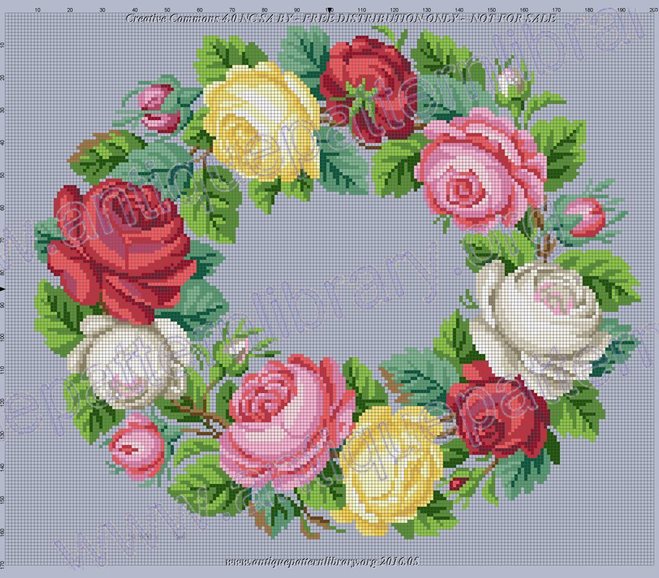

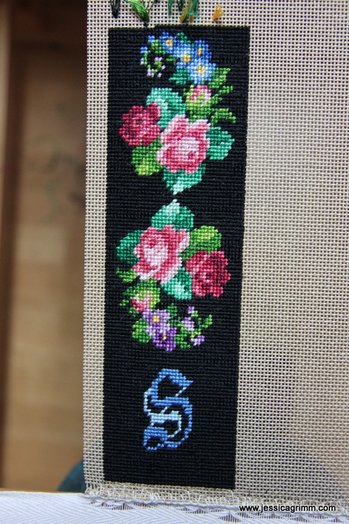
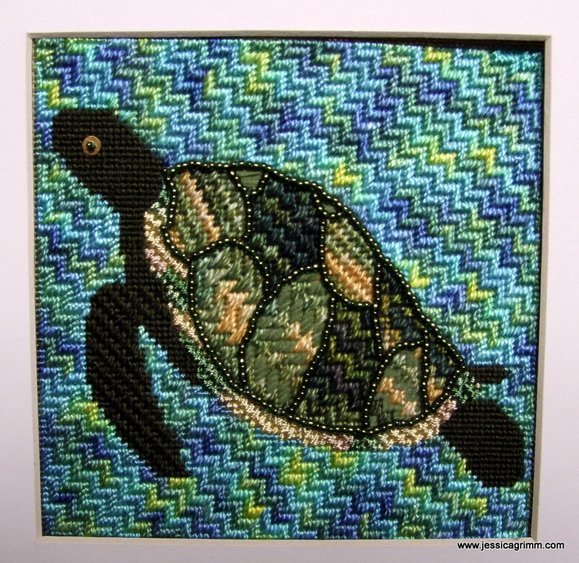
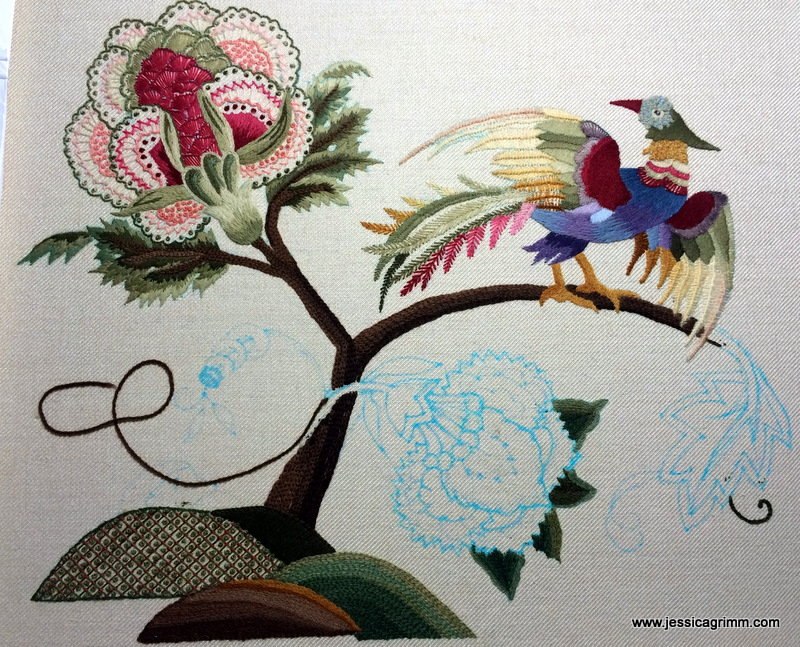
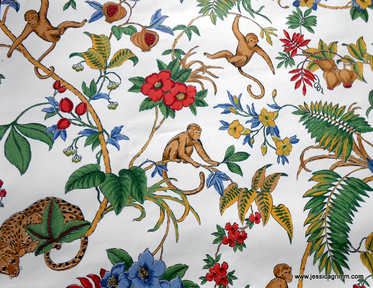
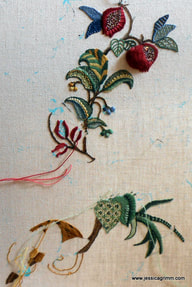
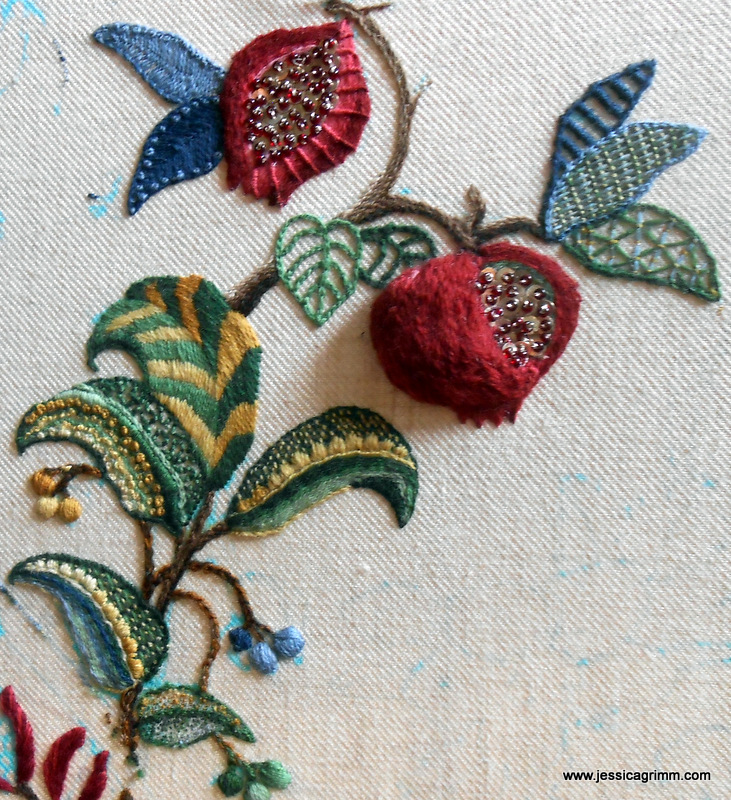

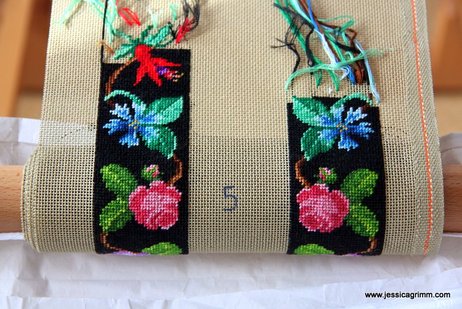
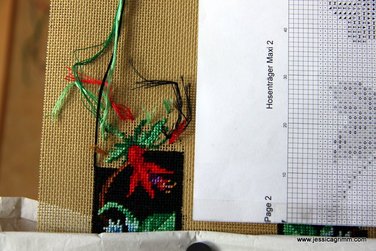




 RSS Feed
RSS Feed